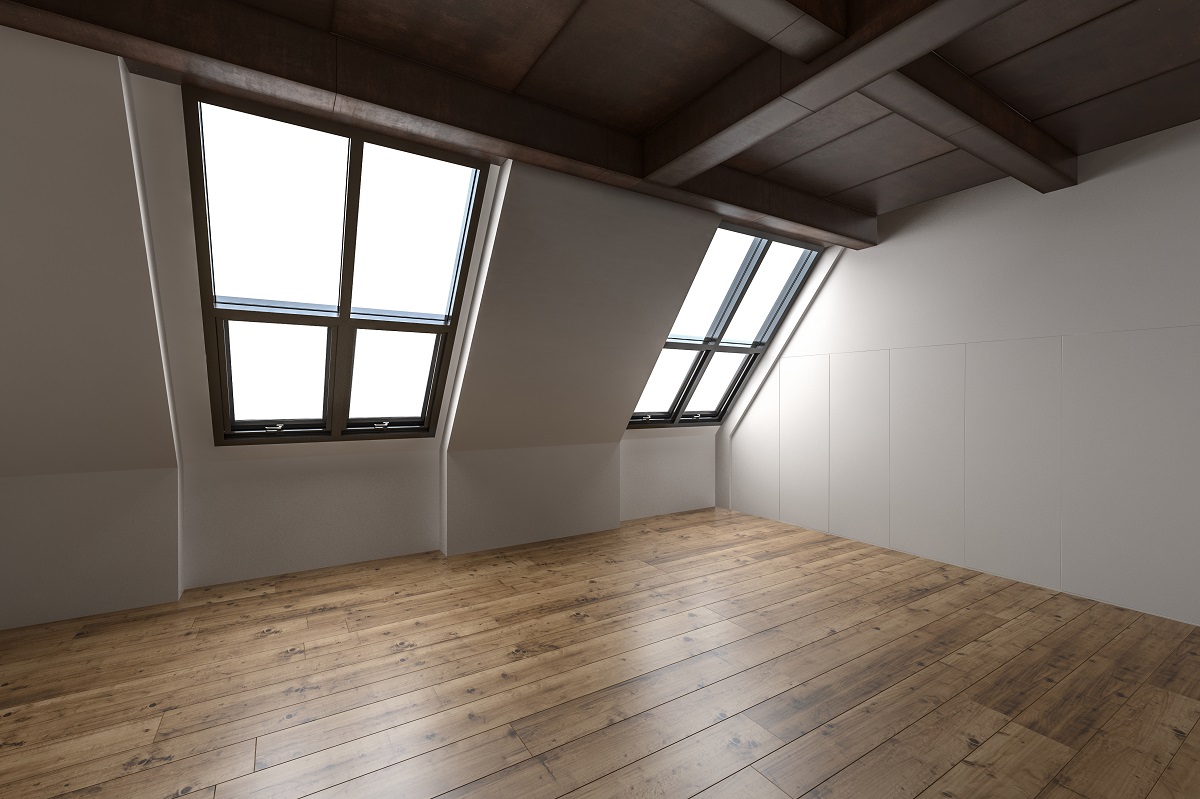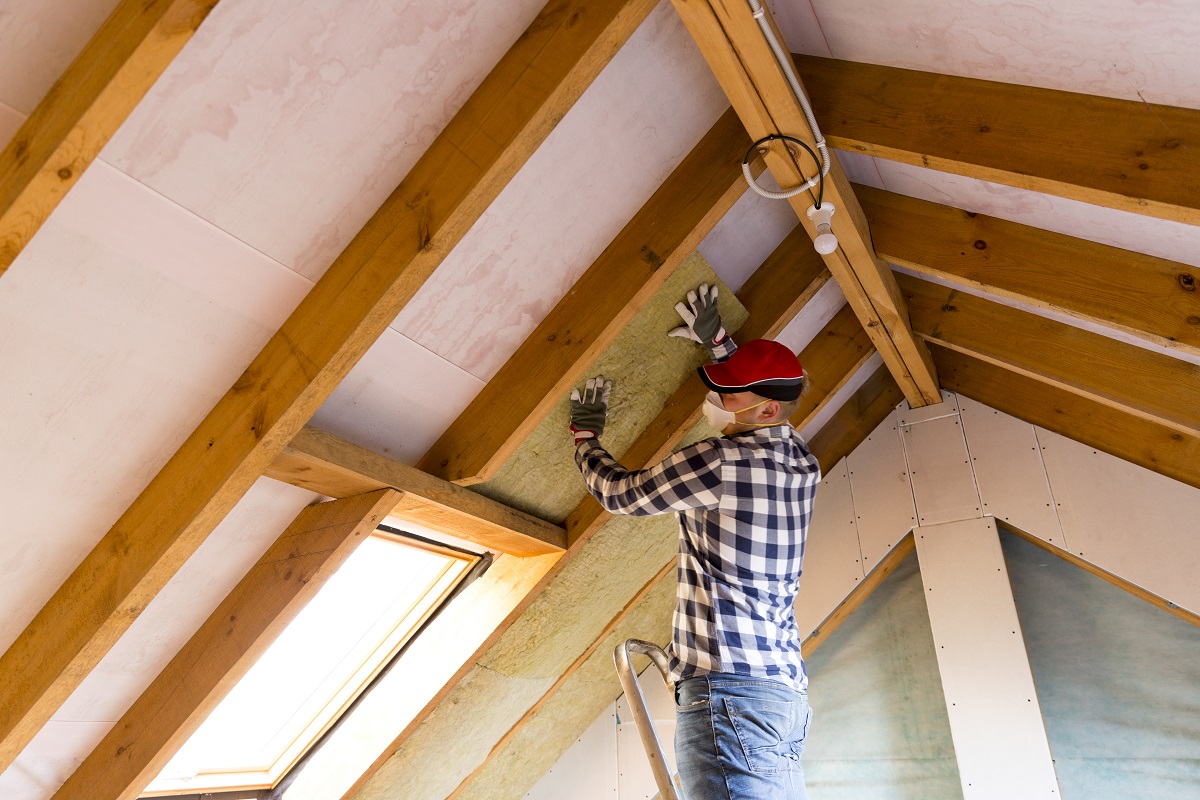
Every homeowner knows the importance of insulation. It helps you maintain your preferred indoor temperature, keeping your energy bills from soaring during the summer or winter months.
However, not many people are aware that you’re not supposed to go overboard with your insulation. Yes, there is such a thing as over-insulation. This happens when the insulating material clogs the spaces meant for ventilation. Over-insulation can result in an uncomfortably hot room, poor indoor air quality, and even mold growth.
You may be wondering: Why is ventilation important when you’re supposed to air-seal your home? It’s because ventilation works with your insulation to maintain your home’s indoor environment, making the house more energy-efficient.
Unfinished attics, especially, need proper ventilation. Warm air naturally rises from the lower parts of your house up to the attic. If your attic isn’t ventilated, the heat will get trapped in the room, raising the temperature. Ventilation allows excess heat to escape from your home, keeping the inside of your house cooler during the warm season
The Importance of Attic Ventilation
Ventilation has two main purposes: to promote airflow and to reduce moisture inside the house. Both of these functions help increase the efficacy of your insulation system, keeping your attic dry but not hot.
Improving Airflow with Ventilation
Your attic must be well-insulated, but there are spots that you should leave uninsulated. The hollows between rafters, for instance, must be left uncovered to allow airflow.
At the same time, you have to air-seal your attic. Gaps and cracks in the attic can let air in from the outside or leak energy from inside the house. When either of these two happen, your HVAC system will have to work twice as hard to maintain your preferred indoor temperature.
One popular form of attic ventilation is the soffit vent. Soffit vents are located on the underside of the roof, the part that sticks out over your house. In a properly ventilated attic, the soffit vents draw fresh air from the outside. The air then goes through the baffle to circulate throughout the attic, then exits through another form of ventilation like a ridge vent or a gable vent.
Soffit vents are designed to promote airflow, churning out the stale air in your attic to maintain a comfortable indoor temperature. This controlled motion of airflow helps prevent condensation, which is a major cause of mold growth.
Reducing Moisture with Ventilation
Indoor humidity makes rooms feel uncomfortable. Common signs of excessive air moisture are foggy windows, a mildewy smell, and a heavy, clammy feel on the skin. If you notice these things in your home, then you might be having ventilation problems.
Insulation is the number one defense against attic humidity. The insulating material prevents moisture from seeping into different surfaces in the attic.
However, even if your attic is adequately insulated, that doesn’t mean that the room is completely immune to moisture. Air goes stale when it doesn’t circulate. A buildup of stale air in the attic can increase humidity levels, making your attic feel uncomfortably hot and stuffy.
Also, activities like bathing and washing clothes raise the amount of water in the air. Stale air and the moisture content of household activities need a way out of your house. Otherwise, they’ll contribute to your indoor humidity.
This is why you have to supplement your insulation system with proper ventilation. Ventilation keeps the air in your attic moving to prevent moisture from accumulating. However, you have to control all the air current routes to keep unwanted air from entering your house. Letting in too much outside air can affect the efficiency of your HVAC system.
Ultimately, the key to managing attic humidity levels is adequate ventilation and air-sealing to control airflow. Below are some tips on how to improve your attic ventilation without interfering with your insulation’s performance.
How You Can Improve Attic Ventilation

The general rule for ventilating unfinished attics is that air must be able to enter and exit the room to maintain a healthy flow. The Federal Housing Administration recommends one sq. ft. of ventilation for every 150 sq. ft. of attic space.
Intake Vents
Intake vents, or the vents where outside air enters, are typically located along the soffit of the house. You can choose from the following soffit vent options.
Rectangular Soffit Vents
These are the most popular form of attic ventilation due to their fast, easy installation. You can install them without professional assistance, reducing the upfront costs. The vents are also affordable.
Installing rectangular soffit vents is as simple as cutting the holes and screwing the vent into place. First, mark the roof vent position from the attic. You should be able to see the rafters to avoid placing vents over them. If your soffit runs parallel to the street, place the vents on the backside to make them less prominent.
Use a jigsaw to cut the holes. Make sure to space the vents evenly to distribute air properly in the attic.
Continuous Soffit Vents
Continuous soffit vents are more narrow than rectangular ones. They run the entire length of the soffit, allowing more air to enter. They’re more suitable for soffits that are less than 16 inches wide.
This kind of vent has a similar installation process to rectangular vents. However, you may need assistance in fitting them. The length of continuous vents makes them tricky to install.
The problem with soffit vents is that your attic insulation might be blocking the spaces between the rafters above the exterior walls. This prevents air from flowing from the soffit vents to the roof vents.
One solution is to install baffles. These prevent vents from getting clogged by insulating material. They’re like chutes that provide a clear channel for outside air to move into the attic. Baffles can be challenging to install, though, so have a professional do it for you.
Exhaust Vents
Exhaust vents suck out air to create a continuous current. You can have them placed on your roof or gables, depending on the design and orientation of your house.
Ridge Vents
Ridge vents are continuous vents that span the entire length of your roof. They provide maximum ventilation since you have to cut open the entire ridge of the roof. That said, you can’t DIY your ridge vents because you might accidentally saw through an inner beam, which can affect your roof’s structural integrity.
Roof Vents
Roof vents are the cylindrical contraptions found on top of houses. They’re installed as close as possible to the roof’s ridge. Although many people find them unattractive, roof vents are very effective at dispelling hot air from the house.
If you’re concerned about your home’s visual appeal, you can go for a square roof vent that’s less conspicuous. However, the spherical models offer much more powerful ventilation capability. These have lightweight fan blades that are propelled by wind, increasing the flow of air exiting the roof.
Roof vents, whether square or spherical, follow the same installation process.
Gable Vents
These vents are placed in the triangular spaces on either end of your house. They’re easier to install compared to roof or ridge vents since you don’t have to deal with shingles or roof beams. Gable vents also don’t require as much waterproofing because they’re vertical and less exposed to the elements.
However, gable events don’t meet the standard square foot requirements to thoroughly ventilate an attic. They should only be used to supplement your roof vents.
Fans
The last ventilation option is an attic fan. Fans function as both intake and exhaust vents. They use electricity to move air in and out of the house, greatly improving your attic’s ventilation performance.
Just like gable vents, fans alone aren’t enough to adequately ventilate your attic. Most homeowners use attic fans to supplement their gable or roof vents and improve their ventilation.
You can purchase attic fans as a unit, including the vents, but you can also buy them separately if you already have vents installed.
The disadvantage of attic fans is the additional monthly cost of operating them. However, fans prevent heat traps in the attic, which can result in a cooler house. This means your HVAC system won’t have to work as hard to maintain your preferred indoor temperature, resulting in lower energy bills.
To determine if your attic needs better ventilation, conduct an energy evaluation on your home. This examination can detect poor indoor air quality and assess your ventilation and insulation. The audit will let you know how you can make your house more energy-efficient and reduce your electricity spending.
A+ Service from A+ Insulation
A+ Insulation is a trusted insulation expert in Kansas City. We offer a range of insulation treatments for different parts of your home, including the attic. Our experienced insulation professionals will ensure that your attic is well-ventilated and air-sealed to prevent moisture problems.